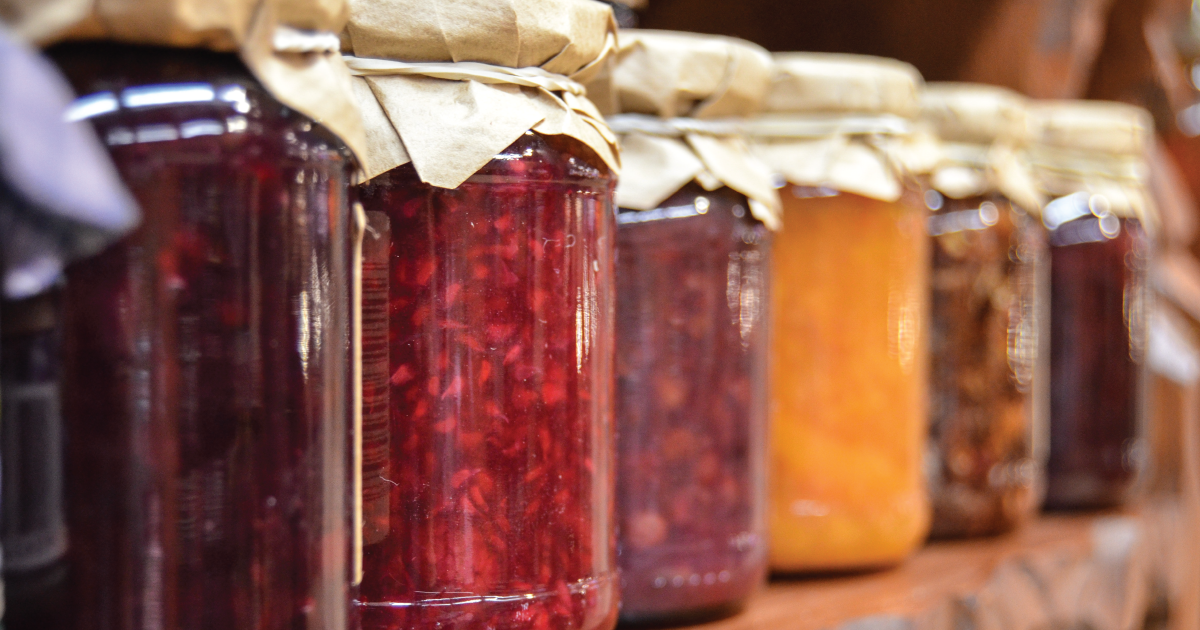
Organic: The Original Clean Food
Americans are increasingly seeking “clean” foods that are free from artificial colors, flavors and preservatives. But although consumers who want to avoid toxic pesticides and antibiotics know to look for foods that are certified organic, many don’t know that federal rules also dramatically limit the use of synthetic substances in packaged organic foods like cereals, snacks and dressings.
March 5, 2019 | Source: Environmental Working Group | by Dawn Undurraga
In Packaged Foods, ‘Organic’ Not Only Bans Toxic Pesticides but Thousands of Added Chemicals
Americans are increasingly seeking “clean” foods that are free from artificial colors, flavors and preservatives. But although consumers who want to avoid toxic pesticides and antibiotics know to look for foods that are certified organic, many don’t know that federal rules also dramatically limit the use of synthetic substances in packaged organic foods like cereals, snacks and dressings.
No artificial preservatives, colors or flavors are ever allowed in organic food. Fewer than 40 synthetic substances can be used in organic packaged foods, and only after they have been reviewed by independent and government experts. By contrast, thousands1 of chemicals2 can be added to conventional packaged foods, including preservatives, flavors and colors linked to health problems.
What’s more, many consumers are unaware that food companies don’t need government approval for most of the chemicals added to conventional packaged foods. The same companies that manufacture these chemicals are allowed simply to declare that they are “safe,” and there is no requirement that the chemicals added to conventional packaged foods be periodically reviewed in light of new scientific research.
